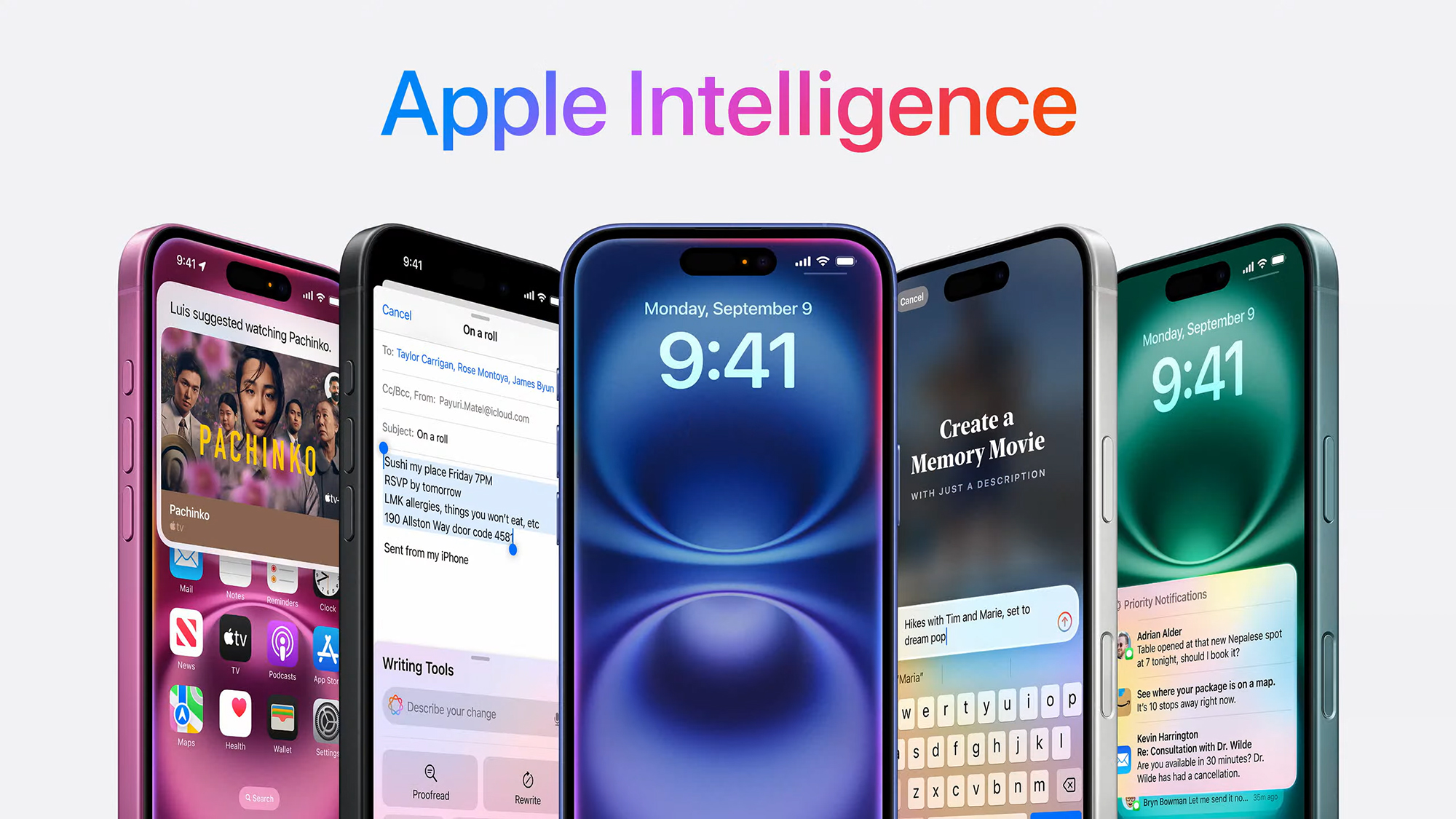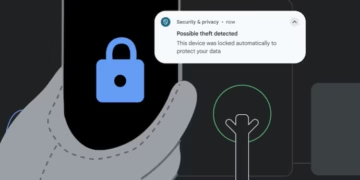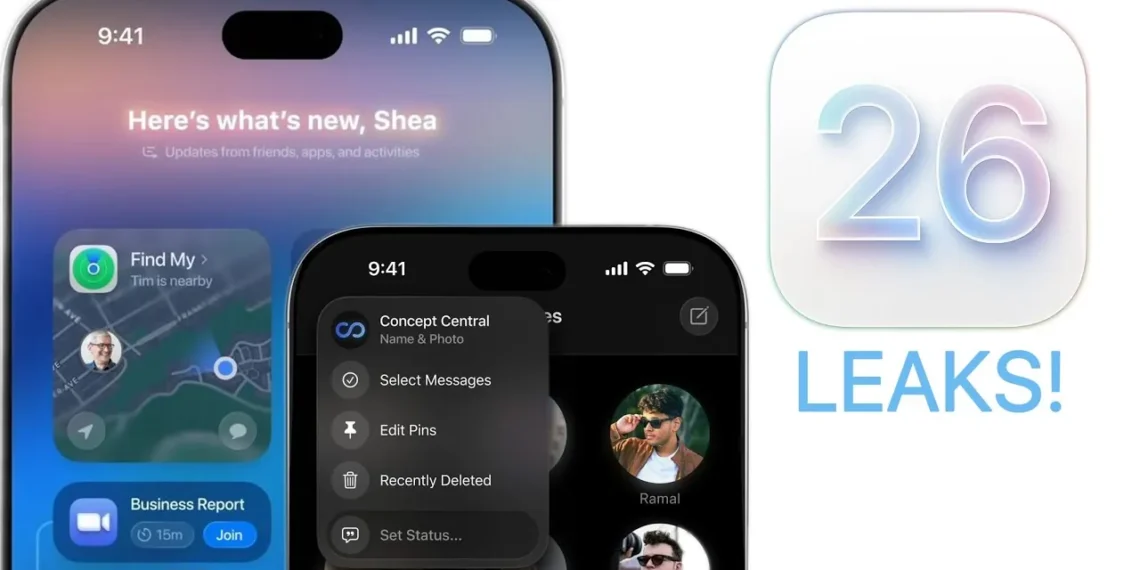In 2025, the tech world was buzzing with excitement about the latest concept from ex-Apple designer, Laura Olson-Beck. Her visionary living glass iOS designs were causing a stir among industry insiders and consumers alike.
Olson-Beck’s 20-year career at Apple had been marked by a relentless pursuit of innovation and user-centric design. But after years of working behind the scenes, she was ready to shake things up in a whole new way.
Her living glass iOS concept paved the way for a more intuitive and seamless user experience. Gone were the days of tapping and swiping on a flat, lifeless screen. Olson-Beck’s design incorporated dynamic, interactive elements that brought the device to life.
The feature that had everyone talking was the “tactile touch” technology. This revolutionary system allowed users to physically feel and manipulate on-screen objects, giving a whole new meaning to the term “touchscreen.”
But Olson-Beck’s vision didn’t stop at just the hardware. She also introduced a new interface that was designed to enhance the user’s daily life. The “smart assist” feature seamlessly integrated with daily tasks, anticipating and fulfilling users’ needs before they even realized it.
iOS 26 Redesign Explained: Apple’s Living Glass Vision for the Future of iOS
With WWDC 2025 just days away, expectations are high for Apple’s next-generation mobile operating system—iOS 26. Leaks and concept renders suggest Apple is preparing to deliver its biggest visual overhaul to iOS in years. Leading the design inspiration is a concept called “Living Glass,” which blends futuristic aesthetics with Apple’s increasingly unified ecosystem of devices.
The concept, created by former Apple designer Sebastiaan de With, offers a detailed preview of what the next phase of iOS could look like, showcasing a UI that’s sleek, layered, and deeply immersive—taking cues from the visionOS interface found in the Apple Vision Pro.
🌟 What Is ‘Living Glass’ in iOS 26?
Living Glass refers to a user interface that looks and behaves like interactive, dynamic glass. It borrows from the transparent, layered design of visionOS, bringing iOS in line with Apple’s broader ecosystem. The core idea is to make software reflect the physical hardware—not just in function but in visual feel.
Key Traits of Living Glass UI:
Translucent panels with blurred backgrounds (like frosted glass)
Depth effects that simulate physical layers
Subtle animations that react to touch or scrolling
Vibrant lighting effects for highlights and shadows
Rounded corners and floating panels that feel futuristic
In short, it’s more alive, more 3D, and more immersive—less flat than past iOS designs.
📱 Why Apple Is Changing the Design in iOS 26
There are two major reasons for this design shift:
1. Unifying Apple’s UI Ecosystem
Apple is now operating across iOS, iPadOS, macOS, watchOS, and visionOS. iOS 26’s new look aims to unify the design language across all platforms. The goal is simple: if you’re using an iPhone, iPad, Mac, or Apple Vision Pro, everything should look and feel consistent.
2. Matching Apple Hardware
Apple’s recent hardware—iPhones with Ceramic Shield, MacBooks with glass trackpads, and Vision Pro with optical-grade lenses—has moved toward sleek, glass-based industrial design. The software is now evolving to reflect that.
🧠 iOS 26 Will Also Bring Smarter Features With Apple Intelligence
Besides visuals, iOS 26 is expected to feature deep AI integration, branded as Apple Intelligence—Apple’s answer to on-device, privacy-focused artificial intelligence.
According to 9to5Mac, we can expect:
🔋 Battery-Saving AI
AI will learn your usage patterns and adjust background app behavior, display settings, and refresh rates to extend battery life intelligently.
🗣️ Smarter Siri
Siri will be more context-aware. For example, if you’re messaging someone and ask, “Send that file,” Siri will understand what “that” refers to. It’s expected to work like ChatGPT-level understanding, but private and secure.
❤️ Improved Health Tracking
iOS 26 will offer personalized health suggestions, drawing on Apple Health data, location, time of day, and past behavior to notify users when something unusual is detected—like changes in heart rate or activity levels.
🖥️ Cross-Device Visual Consistency with macOS & visionOS
With macOS Sequoia and visionOS 2 also being unveiled at WWDC, Apple is likely aligning the look of all its operating systems. iOS 26’s new design will:
Make iPhone screens look more like floating cards in Vision Pro
Introduce shared UI elements like control buttons, navigation tabs, and widgets with depth
Bring desktop-class visuals to mobile, creating a seamless cross-device experience
This means if you switch from an iPhone to a Mac to a Vision Pro headset, the interface will feel like one continuous ecosystem.
🔍 When Will iOS 26 Be Available?
iOS 26 Preview: Unveiled at WWDC 2025 on June 10, 2025
Developer Beta: Launching immediately after the keynote
Public Beta: Expected by July 2025
Final Release: Ships in September 2025 with the iPhone 17 lineup
📸 Who Created the iOS 26 Renderings?
The current visuals are concept renders by Sebastiaan de With, co-founder of the popular photography app Halide and former Apple designer. His deep understanding of Apple’s design philosophy lends credibility to this redesign concept, making it likely that Apple is heading in a similar direction.
🔗 See the original renders on Lux’s Blog
✅ Final Thoughts: iOS 26 Could Redefine Apple’s Mobile Experience
If the leaks and concepts are accurate, iOS 26 may be the most beautiful and intelligent iPhone OS ever created. Between the visual transformation via Living Glass and the intelligence upgrades through Apple Intelligence, this version reflects Apple’s new era of smart, seamless, and stunning software.
The next wave of Apple devices will not just work together—they’ll look and feel as if they were designed as one living system. And that could be the biggest shift in Apple’s design since iOS 7.





































